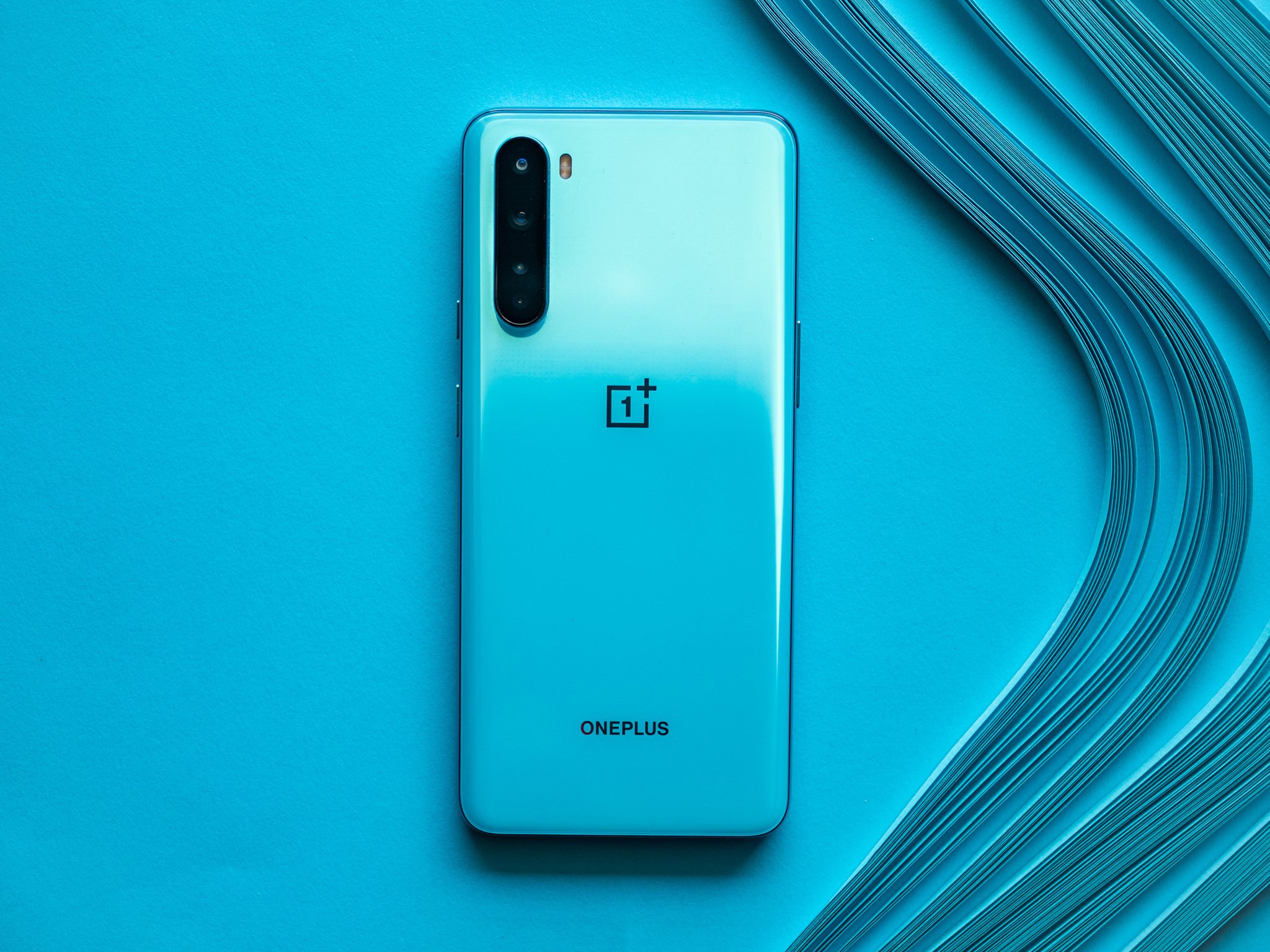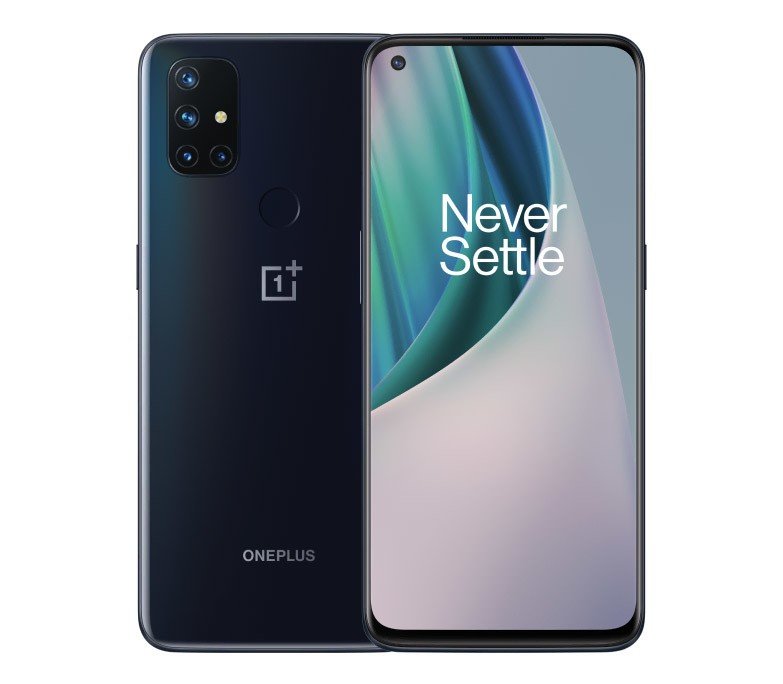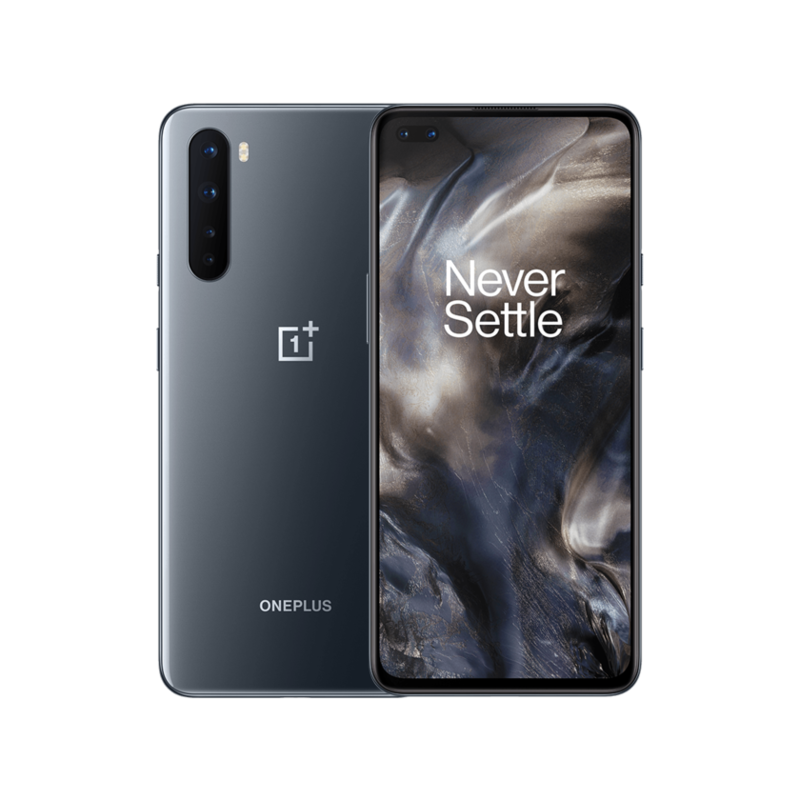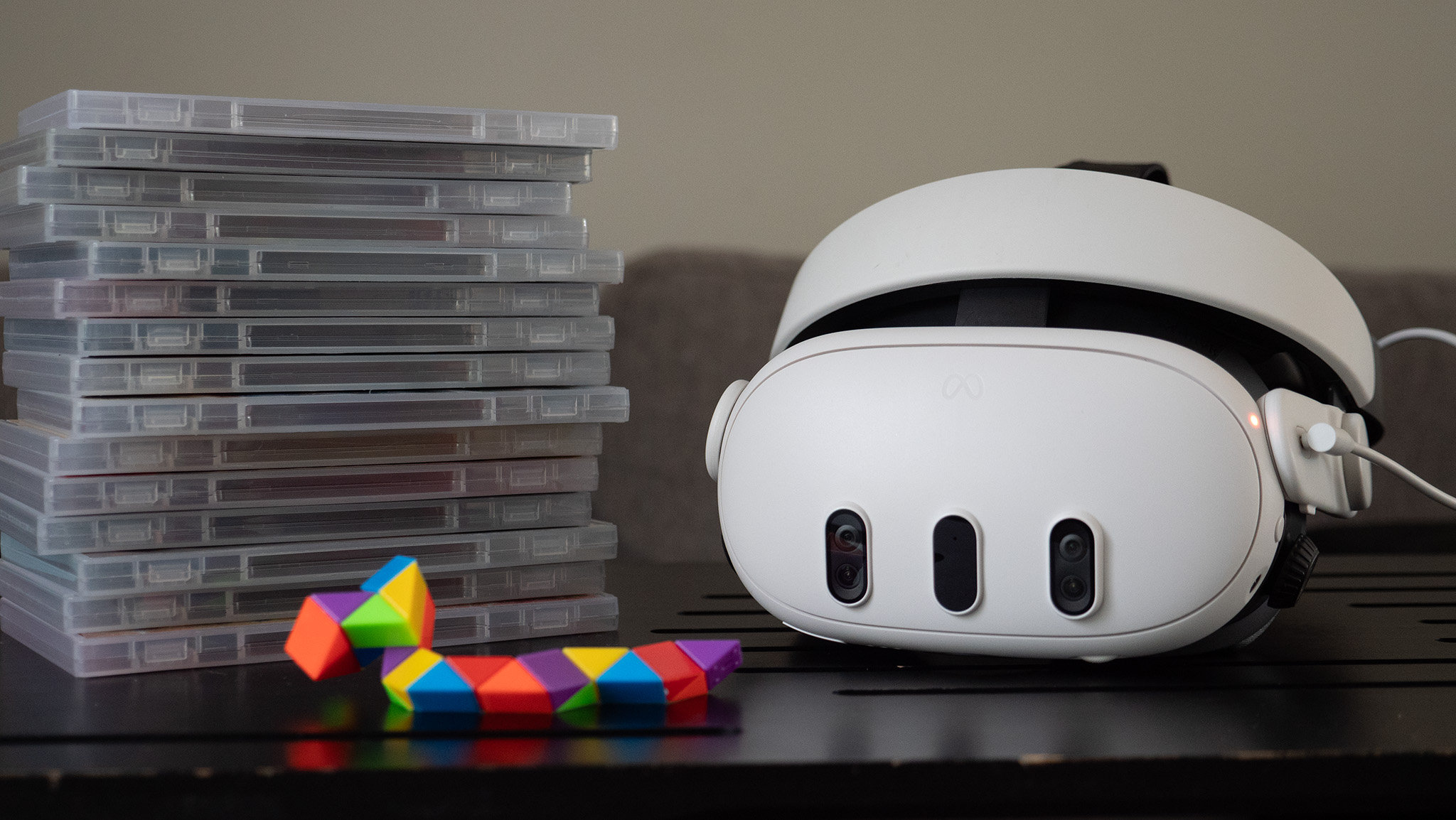OnePlus' future rests on the success of the Nord series

At the outset, the Nord N10 5G and Nord N100 don't make a lot of sense. OnePlus has thus far focused its attention on the high-end segment, exclusively using Qualcomm's flagship Snapdragon 800 chipsets. The OnePlus Nord was the first OnePlus phone to use a mid-tier Snapdragon chipset, and OnePlus mentioned at the time that it went with the Snapdragon 765G because it delivered flagship-level performance.
Well, that's not the case with the Nord N10 5G or the Nord N100. A Snapdragon 690 chipset powers the N10 5G, and while it has 5G connectivity, it is not the fastest chipset by any stretch of the imagination. Then there's the Nord N100, which has the Snapdragon 460 — an entry-level chipset that is decent enough for day-to-day use but not designed for gaming.
To put it mildly, this is a radical shift in strategy for OnePlus, and completely unthinkable even a few years ago. So why is OnePlus making budget phones now, and where do they fit into its strategy? Let's find out.
Nord N10 5G and N100 will allow OnePlus to make inroads into the U.S.

With the shift to the high-end segment with the OnePlus 7 Pro — and in particular with the OnePlus 8 series — OnePlus turned its focus to the U.S. market. It positioned the phones as affordable alternatives to the likes of Samsung and Google, and while it made some headway, OnePlus failed to gain any meaningful market share.
A lot of that has to do with the fact that OnePlus doesn't really have clout with carriers in the U.S. While the unlocked segment has seen a lot of momentum in recent years, the high-end segment, in particular, is very reliant on carrier backing. With flagships now regularly costing over $1,000, customers are much more amenable to picking up phones direct from carriers than paying upfront for unlocked models.
OnePlus failed to make headway with U.S. carriers, and it wants to change that with the Nord N10 5G and N100.
This is where OnePlus has struggled this year. The company launched three phones in the U.S. this year — the OnePlus 8, 8 Pro, and 8T — and both T-Mobile and Verizon ignored the flagship OnePlus 8 Pro in favor of the OnePlus 8. Verizon hasn't even picked up the OnePlus 8T, instead selling just the OnePlus 8.
With carriers unwilling to back OnePlus' flagships, the company is now changing course to focus on the down-market categories, where it can make more inroads. The regular OnePlus Nord powered by the Snapdragon 765G never made it to the U.S. because there's plenty of choice in that $500 segment in the form of the Galaxy A71 and now the Pixel 4a 5G.
Be an expert in 5 minutes
Get the latest news from Android Central, your trusted companion in the world of Android
That's why it's a smart move that OnePlus is now turning its attention to the budget segment with the Nord N10 5G. The phone is set to be one of the most affordable 5G-enabled devices in the U.S., and that makes it an attractive option for carriers as they get to upsell their 5G plans to more users. The 4G-only Nord N100, meanwhile, also holds up well as carriers get to bundle it with their unlimited plans and give the phone away for free.
The Nord N10 5G and N100 are the devices that will get OnePlus to form a stronger relationship with carriers like Verizon and T-Mobile. There's no incentive for carriers to offer a $1,000 phone like the OnePlus 8 Pro when the Galaxy S20 and Note 20 series already exist. Still, a sub-$400 phone with 5G connectivity is a significantly more enticing option.
OnePlus just does not have the mind share in the U.S. to take on Samsung in the high-end segment, and by focusing on categories where Samsung does not have a strong presence, it is looking to carve out a niche for itself.
OnePlus needs the Nord series to maintain its lead in India
The second part of this equation has to do with India, which accounts for over 30% of OnePlus' global market share. OnePlus needs to do well in the country to maintain its position as the largest manufacturer in the high-end segment.
While OnePlus doesn't have plans to launch the Nord N10 5G or Nord N100 in India, the regular Nord turned out to be one of the best-selling phones in the mid-range category this year. OnePlus needs to do well in this segment to stave off Samsung, and the Nord offers an avenue to do just that.
The Nord series is the only way forward in a value-conscious market like India, with the OnePlus 8 series failing to move the needle for the company in the country. But by focusing on the budget and entry-level segments — where there's a significantly higher userbase — OnePlus should be able to leverage its cachet to boost sales.
2021 will be an interesting year for OnePlus
For all the attention that OnePlus gets, its annual sales are still under 5 million units. Its sales have languished at the 3 to 4 million mark for the last two years, and it hasn't managed to move the needle in any meaningful way when it comes to market share.
That's why OnePlus is now focusing on the budget and entry-level segments with the Nord series. After all, this is how Xiaomi was able to overthrow Samsung in India — not by focusing on the high-end segment, but by releasing an endless wave of value-focused budget and entry-level phones. OnePlus is now looking to emulate a similar level of success with the Nord series.

This mid-range phone has it all
The Nord continues to be a solid option, offering a vibrant 90Hz AMOLED panel, reliable hardware with 5G connectivity, all-day battery life, and a 48MP camera that takes great shots. Combine that with clean software, and you get a great overall package.

Harish Jonnalagadda is Android Central's Senior Editor overseeing mobile coverage. In his current role, he leads the site's coverage of Chinese phone brands, networking products, and AV gear. He has been testing phones for over a decade, and has extensive experience in mobile hardware and the global semiconductor industry. Contact him on Twitter at @chunkynerd.
